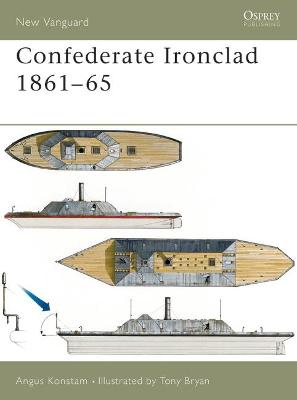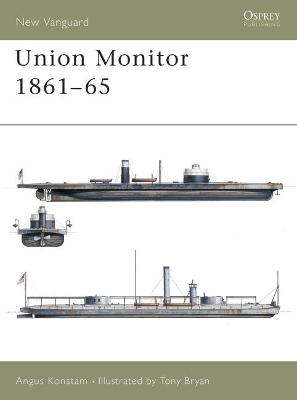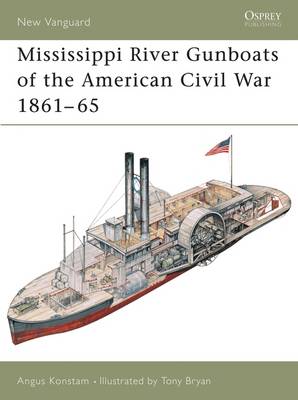Osprey New Vanguard S.
4 primary works
Book 41
The creation of a Confederate ironclad fleet was a miracle of ingenuity, improvisation and logistics. Surrounded by a superior enemy fleet, Confederate designers adapted existing vessels or created new ones from the keel up with the sole purpose of breaking the naval stranglehold on the nascent country. Her ironclads were build in remote cornfields, on small inland rivers or in naval yards within sight of the enemy. The result was an unorthodox but remarkable collection of vessels, which were able to contest the rivers and coastal waters of the South for five years. This title explains how these vessels worked, how they were constructed, how they were manned and how they fought.
Book 42
The French Revolutionary and Napoleonic Wars encompassed a period when rival European fleets vied for naval supremacy, and naval tactics were evolving. The British Royal Navy emerged triumphant as the leading world sea power, and the epitome of Britannic naval strength was the Ship of the Line. These "wooden walls" were more than merely floating gun batteries: they contained a crew of up to 800 men, and often had to remain at sea for extended periods. This text offers detailed coverage of the complex vessels that were the largest man-made structures produced in the pre-Industrial era. It includes discussion of some of the most famous individuals and ships of the day, such as Nelson, Cochrane, HMS Victory and HMS Indefatigable. There is also a catalogue of all British Ships-of-the-Line from 1792 to 1815, as well as Orders of Battle for Trafalgar, Copenhagen and the Nile.
Book 45
The first seagoing ironclad was the USS Monitor, and its profile has made it one of the most easily recognised warships of all time. Following her inconclusive battle with the Confederate ironclad Virginia the production of Union monitors was accelerated. By the end of the year a powerful squadron of monitor vessels protected the blockading squadrons off the Southern coastline, and were able to challenge Confederate control of her ports and estuaries. Further technological advancements were included in subsequent monitor designs, and by the end of the war the US Navy possessed an powerful modern coastal fleet, carrying the most powerful artillery afloat. This book covers the design, development and operational history of the Union's Monitor fleet.
Book 49
Mississippi River Gunboats of the American Civil War 1861-65
by Angus Konstam
Published 20 March 2002
At the start of the American Civil War, neither side had warships on either side of the Mississippi River and in the first few months of the war, both sides scrambled to gather a flotilla, converting existing riverboats for naval use. These ships wrere converted into powerful naval weapons, despite a lack of resources, trained manpower and suitable vessels. The creation of a river fleet was a miracle of ingenuity, improvisation and logistics, particularly for the South. This title describes their design, development and operation throughout the American Civil War.



